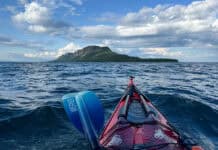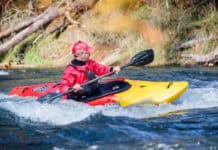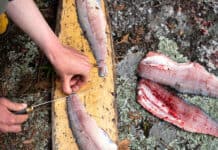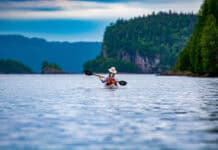Without customization, your first aid kit is potentially just a heavy and bulky piece of junk. Yes, you read that right. Whether it’s an expedition kit costing hundreds of dollars or a simple pocket kit ordered off eBay, commercially pre- packaged first aid kits are often stocked with items that you’ll never need or can be improvised quickly in the field. By creating your own first aid kit you can customize the items to address specific environments, existing medical conditions and the needs of your group.
Consider length of trip, size of group, level of experience and training, types of activities, destination and medical backgrounds of your group when designing your kit. Pack your kit in something light and waterproof. Use small watertight bags within, like Ziplocs, to organize and categorize items for easy access.
While many outdoor retailers carry prepared commercial kits, they carry individual first aid items, like bandages and moleskin. Your local pharmacy will also have much of what you need to stock your kit and Amazon and eBay have great selections and even better prices.
Though there are great advantages to creating your own first aid kit, remember that relevant medical training, such as a wilderness first aid course and good critical thinking, are your best assets in an emergency. The following 19 items provide a foundation to build on for your DIY first aid kit for a three-to five-day wilderness canoe trip.
Mike Webster has worked as an expedition medic, outdoor emergency care instructor, past Canadian director of Wilderness Medical Associates, and is a field hospital manager for Odyssey Medical (www.odysseymedical.ca).
DRUGS
Paddlers with known life-threatening allergies should bring their own epinephrine. Antihistamines can manage minor allergic reactions. Consider bringing both ibuprofen as an anti-inflammatory and acetaminophen for pain management. An over-the-counter solution for diarrhea, acid reflux and nausea or vomiting won’t save anyone’s life, but will save a paddler’s enjoyment of his or her trip. Don’t
forget day-to-day prescription medications.
REFERENCE
Even experienced trippers may panic in an emergency. Bring a pocket-sized wilderness first aid field guide. Referencing your guide also provides time to calm down and think logically
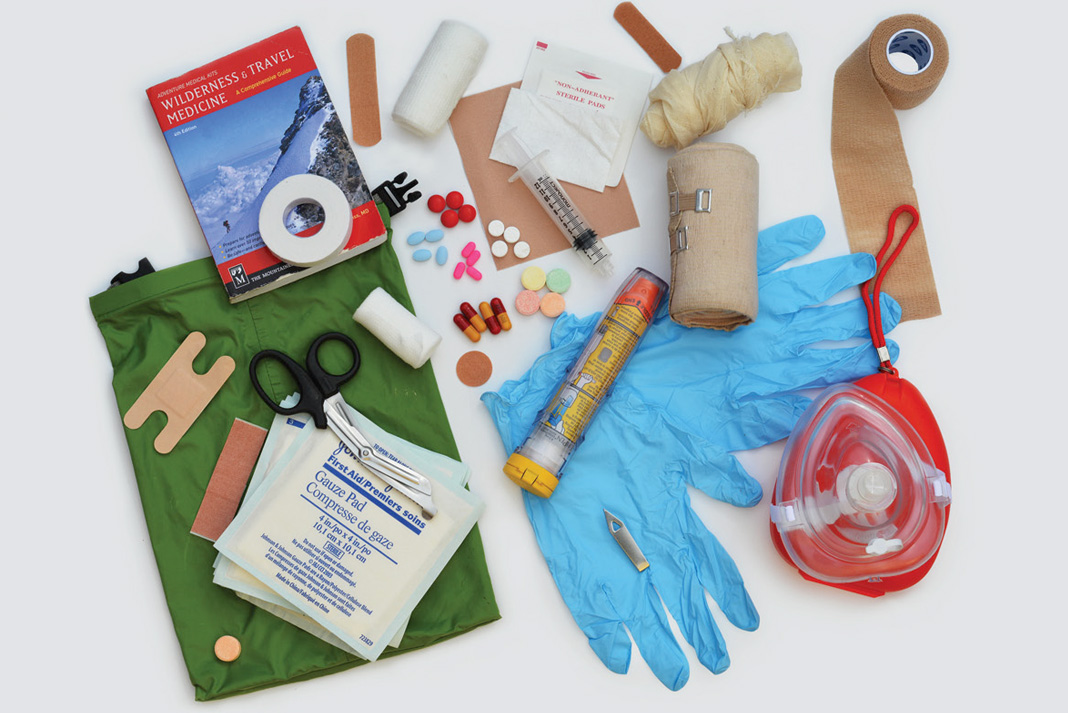
BLEEDING CONTROL
So long as you’re not canoeing in active combat zones you won’t need a tourniquet. Gauze pads, clothing and your gloved hand all control bleeding when direct pressure is applied. Avoid clotting powders and hemostatic agents— they’re expensive and not effective. Trauma shears cut clothing and bandages better than a knife.
WOUND CARE
Blisters are one of the most common injuries on trip—bring moleskin or an equivalent. A syringe with a catheter tip is ideal for wound irrigation. Consider a magnifying glass to help find small debris lodged in wounds. Tweezers help remove debris from wounds, as well as slivers or ticks. Pack an assortment of gauze and dressings, including non-stick options for burns. Bring an occlusive dressing, which is waterproof and seals the wound completely. Athletic tape will hold bandages in place.
FRACTURES AND MUSCULOSKELETAL INJURIES
Improvised splints can be created using branches, hiking poles or closed cell sleeping pads. Vet wrap or Coban is better than tape for wrapping splints, and holds in wet conditions. A triangular bandage provides support as a sling, and a compression bandage provides support for sprains and strains.
LIFE AND DEATH
Though bulky, a rigid CPR mask will assist with providing CPR with ventilations for a prolonged time period. While you might not be worried that any of your trip mates have bloodborne pathogens, gloves give you the confidence to manages all bodily fluids—vomit or feces included.
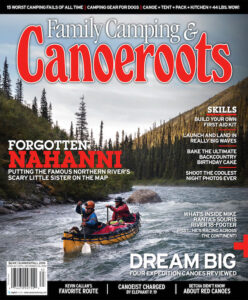
Subscribe to Paddling Magazine and get 25 years of digital magazine archives including our legacy titles: Rapid, Adventure Kayak and Canoeroots.


